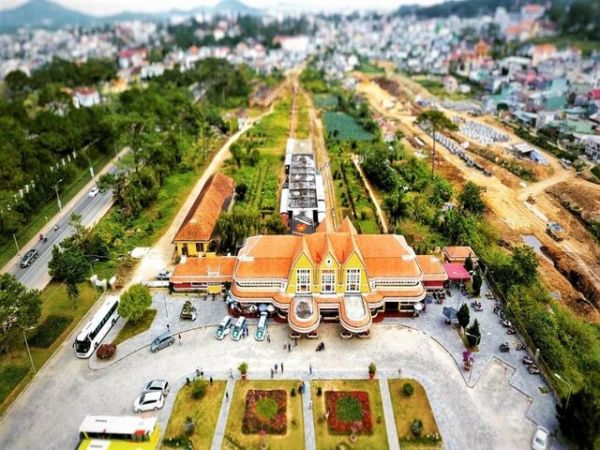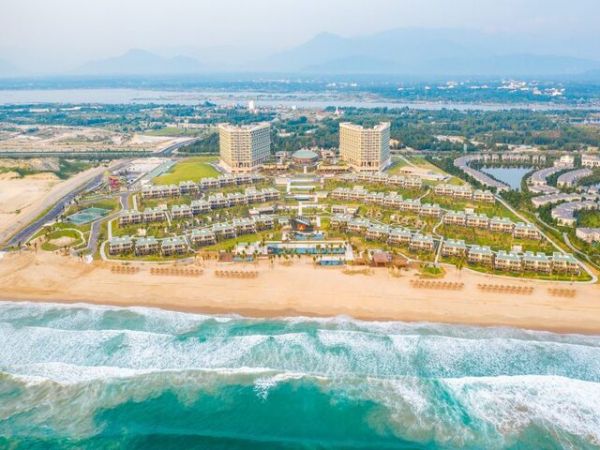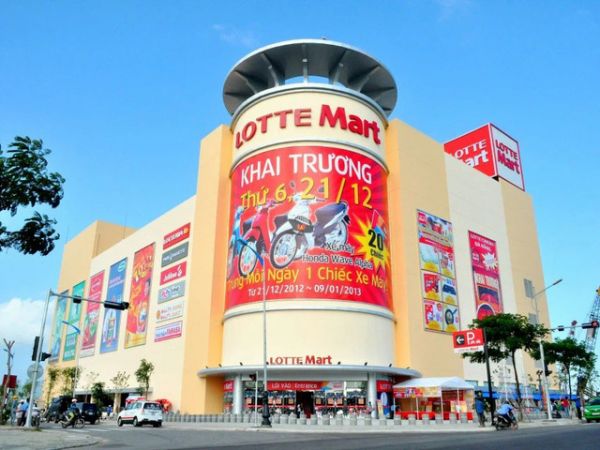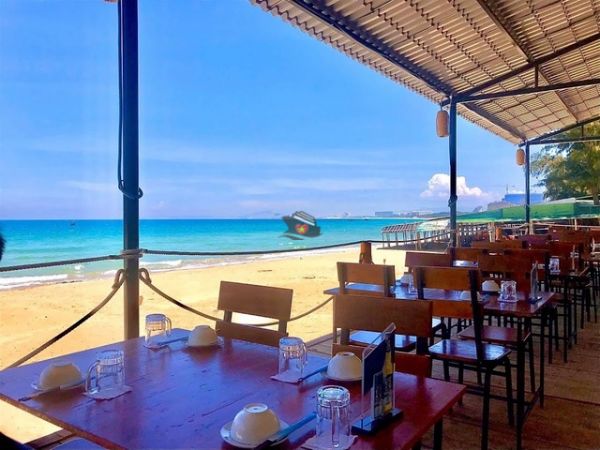DAK LAK MUSEUM OF ETHNOLOGY

Dak Lak Museum of Ethnology. The Dak Lak Museum of Ethnology is a must-see for anybody visiting the Central Highlands. This museum protects and showcases the essence of ethnic minorities in the Central Highlands. The museum has around 10,000 pieces and welcomes over 100,000 visitors every year, one-third of whom are foreigners.
Dak Lak Museum of Ethnology Information:
Address: 02 Le Duan Street, Tan Tien Ward, Buon Ma Thuot City
Opening hours: 8 a.m. to 9 p.m. from Tuesday to Sunday (including public holidays and New Year’s Eve).
Admission: 20,000 VND for children and 30,000 VND for adults.
It can be said that, with unique and meaningful historical and cultural values, Dak Lak museum deserves to be a tourist destination that you must visit once in your tour of the Central Highlands. full of sunshine and wind.
The Dak Lak Museum of Ethnology is located in the heart of Buon Ma Thuot city. It was erected on the site of the old house of Vietnam's last emperor, King Bao Dai, approximately a century ago. The museum's main structure is modest in design, yet it embodies the Central Highlands' cultural character. Surrounded by a leafy garden, the museum resembles a Rong--a community stilt home--or an Ede-style long house. From afar, it appears to be the M'Nong's customary home.
The "Dak Lak traditional house" was formally titled the "Dak Lak Museum of Ethnology" in 1990 and refurbished in 2008. The museum is divided into three parts, each with a different theme: revolutionary traditions, environmental elements, and cultural traits of the Central Highlands' ethnic minorities. The cultural area features 520 pieces that depict the cultural traditions of ethnic minorities such as the Ede, M'Nong, and Jarai. Installations and video equipment showcase the cultures, festivals, and daily activities of local ethnic communities. Nguyen Trong Hieu, a visitor from Hanoi, says, "This museum showcases Central Highlands culture." Visiting this museum would help me comprehend the lives and cultures of the local ethnic minority."
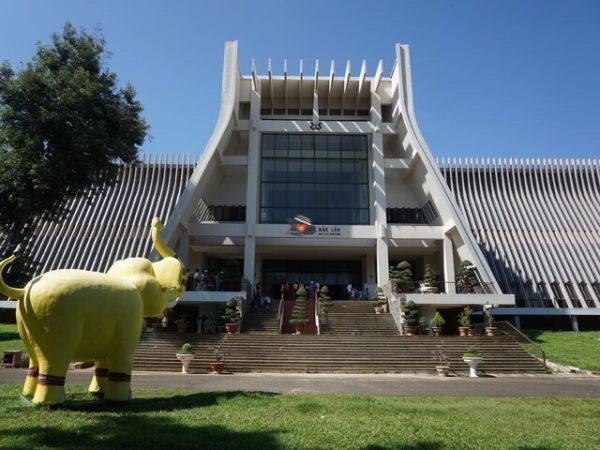
The museum's display hall houses almost 11,000 papers and relics from the reign of Tay Son. The display lets visitors better comprehend a wonderful moment in history as well as the nation's exceptional king. Among these objects is an elephant leather drum made by central highlanders who participated in the Tay Son movement, as well as official seals, royal recognition certificates, family annals of military officials, bronze bells, ancient coins, and, most importantly, Tay Son's ancestral tomb stele. This is the paternal grandfather's grave for the three Tay Son brothers. Residents of Phu Lac, the Tay Son brothers' mother's hometown, discovered it by surprise in 1990.
The museum has attracted a large number of scholars and students interested in Tay Nguyen culture. Nguyen Thi Nguyet, a teacher at Luong The Vinh College in Buon Ma Thuot, says she frequently takes her students to the museum. "The museum provides the students with useful knowledge about the history and culture of Dak Lak and Tay Nguyen." Knowledge of local history is essential, thus we frequently bring our students here."
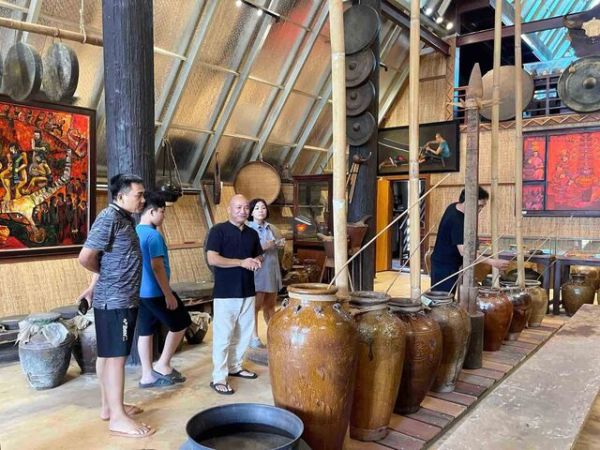
Every weekend, the museum welcomes craftsmen to demonstrate Tay Nguyen's many traditional crafts or to recreate ethnic group-specific festivities. The museum's director, Luong Thanh Son, says that each piece and document tells a story, not just about the past but also about the future. We hope that by arranging these activities, we will assist locals to preserve and promote their traditional vocations.
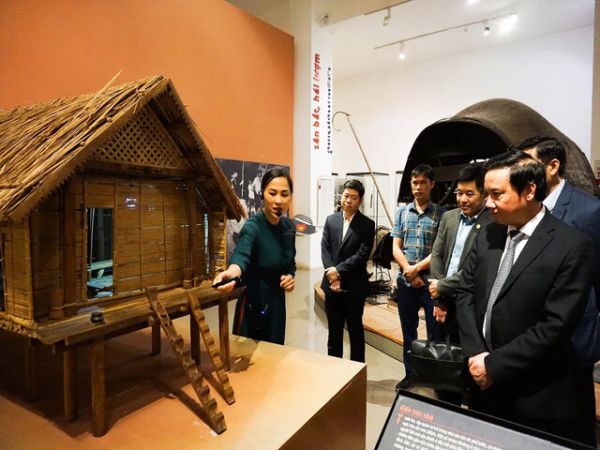
Dak Lak Museum of Ethnology History:
In 1926, French diplomat Paul Giran constructed this structure to serve as the Legation. When King Bao Dai returned to his homeland in 1947, he picked this location for both his residence and a resort.
It played a significant part in the resistance warfare against France and America between 1955 and 1975. In 1976, it was renovated into a museum of Vietnamese ethnic culture in Dak Lak.
Dak Lak province invested in the new building of the museum in 2008, and it was re-opened in 2011.
This work is not only the product of international cooperation between the French Republic and the Vietnam Museum of Ethnology, but also the first museum in Vietnam to use four languages in its display, namely Vietnamese, France, England, and Ede, which attracts many tourists every year.
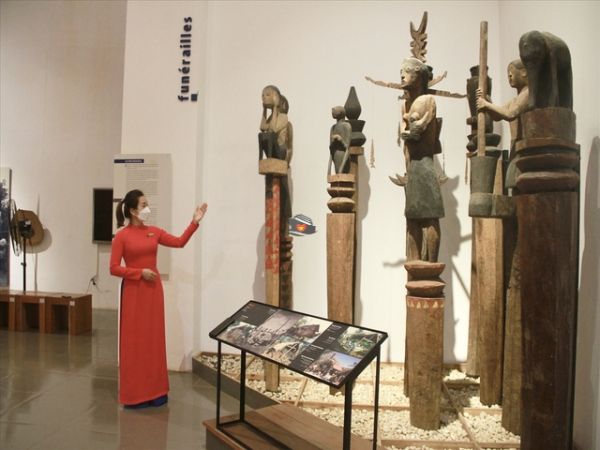
Dak Lak Museum of Ethnology attracts tourists:
Dak Lak Museum is created in the style of the Ede ethnic group's traditional longhouse architecture in the Central Highlands but with modern elements like concrete, glass, and metal, as well as colors. The use of contrasts, including white, black, and brown, creates a magnificent and traditional atmosphere that attracts visitors from afar.
Furthermore, the work was erected on a 9,200 m2 plot of land with a length of 130m, and a width of 65m, and is classified as open space, which provides visitors with a sense of ease. The display area accounts for only a minor portion of the museum's total space. As a result, this place, which lacks fresh air, appeals to visitors.
Furthermore, the museum is surrounded by grass and green trees, so there is no sense of "lost tone" but rather a harmonic integration with the immense area of the Central Highlands mountains and woods.
This location is ideal for "virtual living" enthusiasts. The landscape here entices people to stop and pose for photos.
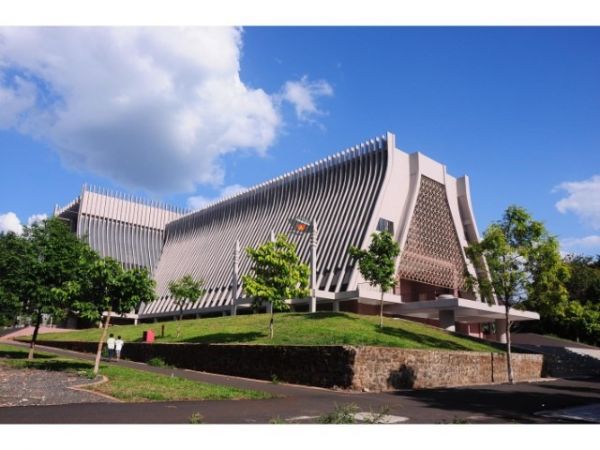
Dak Lak Museum of Ethnography Various rare items:
Since 1977, the Ethnic Museum in Dak Lak has accumulated more than 10,000 relics, including over 1,000 rare and priceless pieces. It is shown in the museum space regularly after rigorous selection and inspection and is organized into three major areas: biodiversity, national culture, and history.
This 350m2 exhibit showcases the Central Highlands' natural beauty via over 200 items and captivating photos. Plants and exotic creatures are featured here.
Typical examples include: all kinds of forests (yes, sue, rosewood, rosewood, flat-leaf pine, five-leaf pine…), folk medicines, industrial plants (coffee - black gold, tall su - white gold, pepper…), soil (red basalt soil, clay, gray soil…), rare and precious animals listed in the red book (leopard, flying weasel, gaur, bear), dogs, deer, gray cows, and beautiful landscapes (Lak lake, Cu Mil lake, Dray Nur waterfall,…).
In addition, when visiting the Dak Lak Museum, you may see the local handicrafts. You may also buy them as mementos for family and friends.
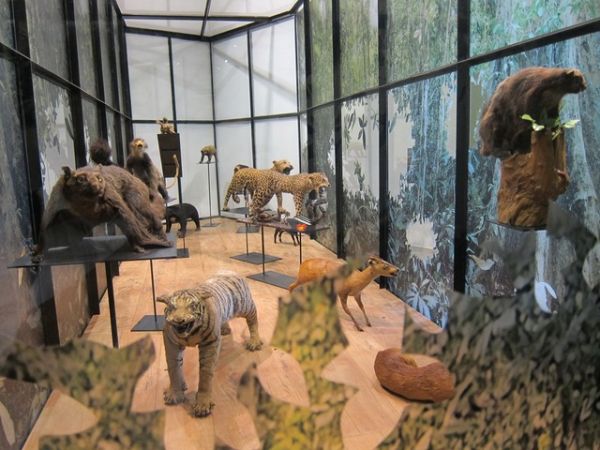
From the middle to the left part of the Dak Lak museum, visitors will feel like they are going through the immense landscape of the highlands and the primitive culture of this country. This is one of the museum's most memorable exhibits.
There are around 450 objects in this room, including agricultural baskets, canoes, baskets, hybrids, benches, fire stoves, jewelry, traditional clothes, brocade, gongs, wine jars, stone instruments, tomb figures, and complex handicrafts. Visitors will have a better understanding of the local culture and way of life.
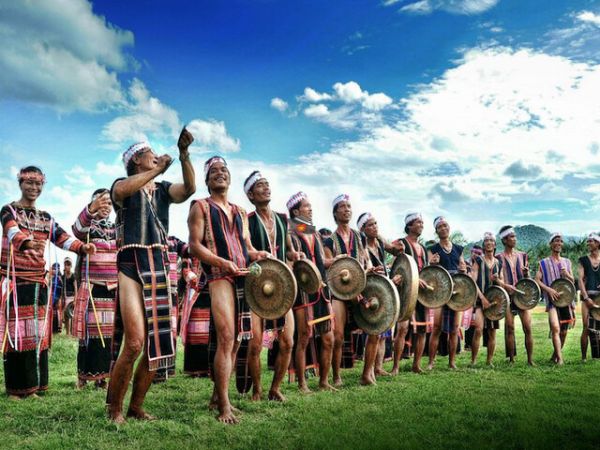
This historical space at Dak Lak's National Cultural Museum showcases images, papers, short videos, and more, providing a glimpse into the country's past from the Stone Age to now.
People are represented by pictures of fossil snails from prehistoric times, as well as Dong Son bronze drums, gongs, and tableware. This is the image of the exiled Buon Ma Thuot in the 1930 - 1945 campaign, the revolution in the 1945 - 1975 campaign, the table of the opening battle of the Ho Chi Minh campaign, or the typewriter, telephone, chainsaw, and children. stamps of commanders and border markers between Vietnam and Cambodia from 1975 to the present, along with other revolutionary items.
Even in films of resistance warfare against foreign invaders, persons living in peacetime must sob and be inconsolable.
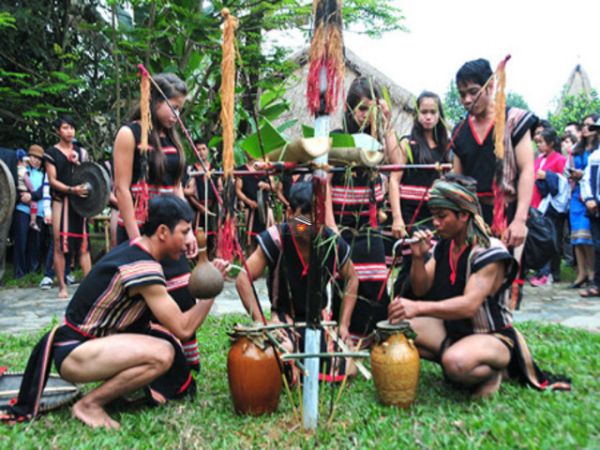
Hotline/ WhatsApp: +847-6666-0606
Email: info@friendlytravel.vn



